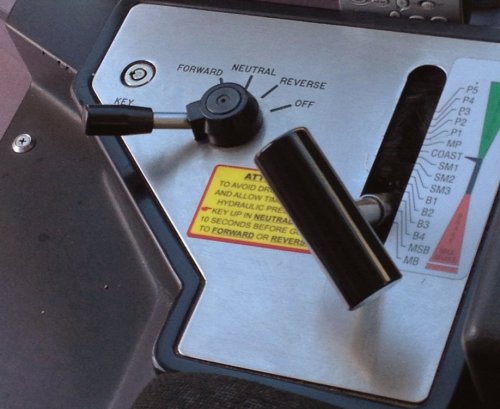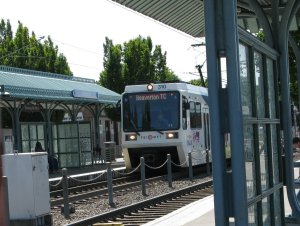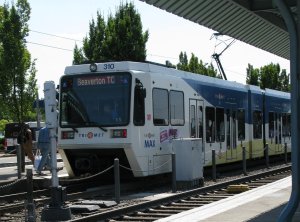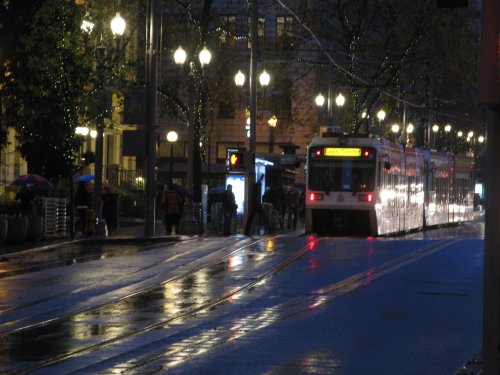
First and foremost:
EXCHANGE YOUR OLD TICKETS!
The old style of tickets without a foil strip have not been accepted as valid fare since May, though riders have been able to exchange them at the TriMet Ticket Office downtown in Pioneer Square. After the elimination of fare zones in September, 1- or 2-zone tickets, even with a foil strip, required a purchase of an upgrade on a bus to use as fare but were not valid on their own.
As of January 1, 2013 ALL of those will be invalid and use of them or upgrades will no longer be honored. You won’t be able to exchange them, you won’t be able to use them. There is currently some question over the legality of this, but if you still have books of those tickets kicking around, make every effort to exchange those today or on Monday because after that they will be worthless.
The ticket office is located in Pioneer Square near the fountains under the Starbucks, and is open M-F 8:30a-5:30p.
Next up – New Year’s service
 Late night rail service will be run on NYE, and all service is free after 8pm
Late night rail service will be run on NYE, and all service is free after 8pm
New Year’s Eve
The 31st is on a Monday, so regular weekday service will be run for buses, WES, and Streetcar. Service is not free before 8pm. After 8pm, all service is free, and MAX will be running extended service after normal service hours on Blue, Green, and Yellow lines (approximately every 35 minutes until 3:30am). Shuttle buses will be running between Gateway and PDX after normal Red Line service ends. There is no extra late-night bus service.
New Year’s Day
On New Year’s Day, Sunday schedules will be in use for bus and MAX. Streetcar will be on Saturday schedules, and WES won’t be in service. Free rides won’t be in effect with the start of normal service hours. TriMet Customer Service and Ticket Office will both be closed. And any old tickets you had will be worthless as fare, so if you’d stockpiled any before fare increases, now’s the time to use them or lose them…
Be safe, be courteous, don’t push your friends in front of trains, and have a great new year!





